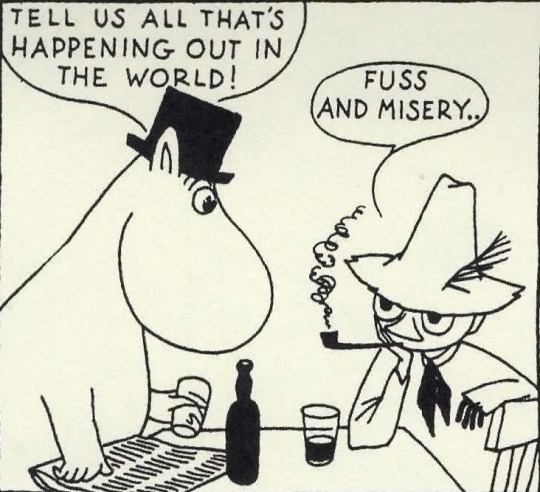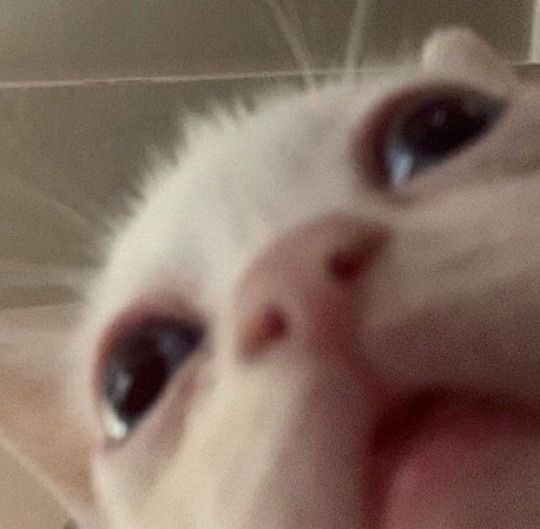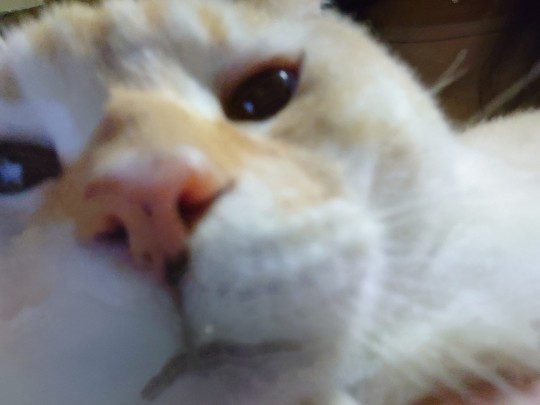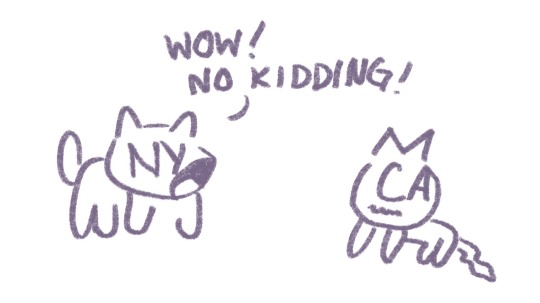Text
Found today while gathering acorns (swamp white oak). How adorable is this? I love her little feet, and the way she pivots around her proboscis, fascinated by how far her head rotates… Curculio sp. (if anyone can ID to species, please add!)
27K notes
·
View notes
Text
Owning a cat is a 15-20+ year commitment to that animal.
It is ALSO a 15-20+ year commitment to owning one particular blanket that is their favorite and if you got rid of it they’d probably eat you.
5K notes
·
View notes
Text
“Last year, I said, somewhat tongue in cheek, that socialism is about converting hysterical misery into ordinary unhappiness. This is what I meant. Socialism won’t eliminate the sorrows of the human condition. Loss, death, betrayal, disappointment, hurt: none of these would disappear or even be mitigated in a socialist society. As the Pirkei Avot puts it, against your will you enter this world, against your will you leave it (or something like that). That’s not going to change under socialism. But what socialism can do is to arrange things so that you can actually deal with and confront these unhappinesses of the human condition.”
— Corey Robin
(via socialismdotpizza)
2K notes
·
View notes
Video
after eight years, I finally updated my huge Historical Fashion Reference & Resources Doc! Now in the form of a MUCH more easily updated Google Doc with better organization, refreshed links, and five more pages of books and online resources.
I know tumblr hates links, but it’s worth it for a doc that I can now update with far more regularity going forward! RIP to the original, you did your duty for far longer than you should have. 😔🙏🏼
24K notes
·
View notes
Photo

1653 Nicolaes van Helt Stockade - Hendryck Heuck (or Huyck), engineer, and his wife Catharina Brouwers
(Louvre Museum)
59 notes
·
View notes
Photo


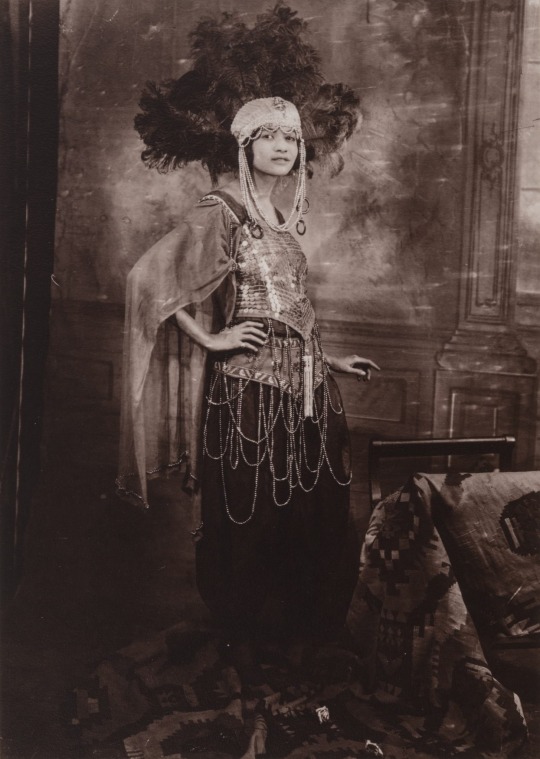

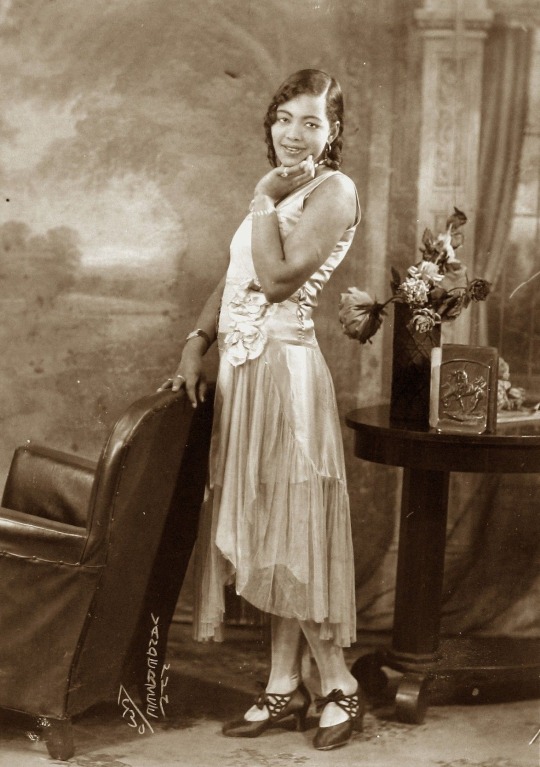
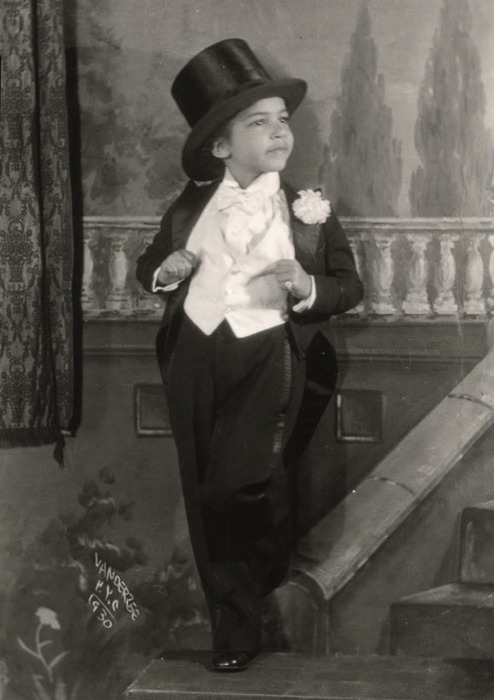

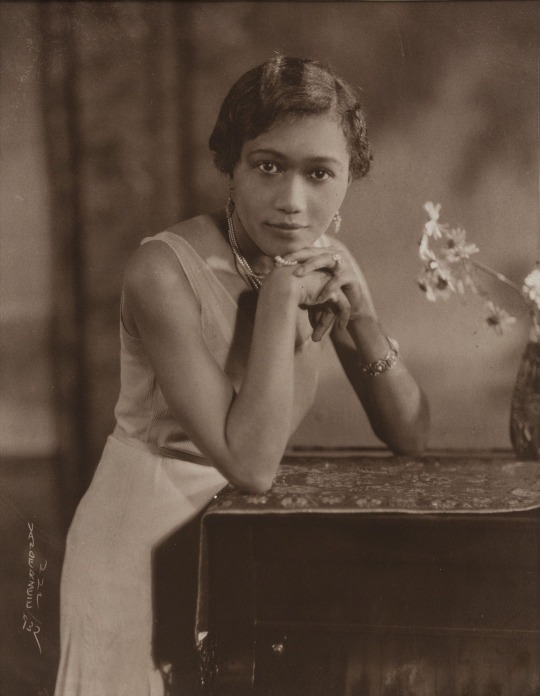
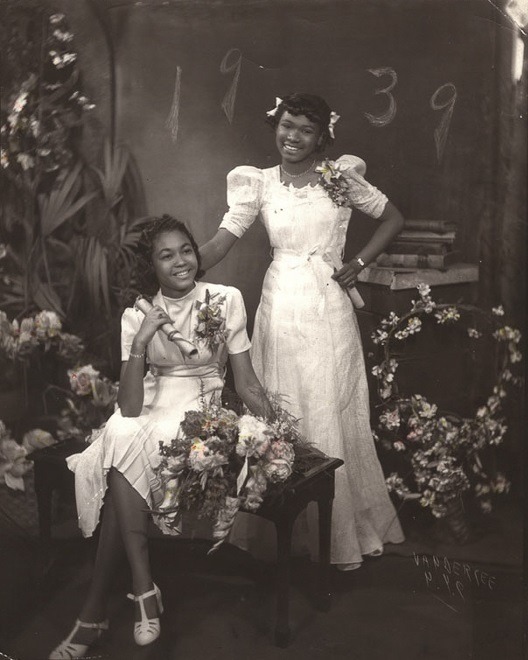
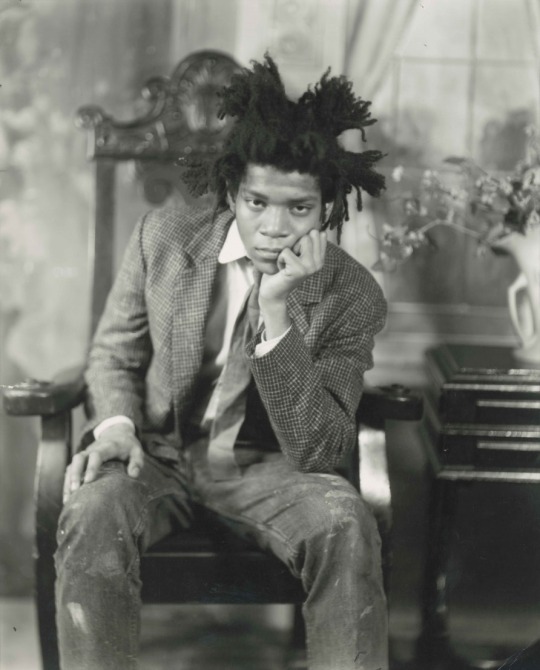
Portraits by James Van Der Zee
Miss Suzie Porter (1915)
Garveyite Family (1924)
Dancer (1924)
Untitled (Little Girl in Chair) (1927)
Untitled (1930)
Unidentified Boy (1930)
A Casual Affair (1932)
Portrait of a Woman (1932)
Graduation Day (1939)
Jean-Michel Basquiat (1982)
27K notes
·
View notes
Text


Information directly from the source:
"Materials and Techniques: Wool, linen, silk, baleen; hand-woven, hand-sewn.
Brief Description: Woman's stays, 1780s, British; Red wool trimmed with cream silk, boned, back lacing, laced shoulder straps
Physical Description: Woman’s stays of red woollen broadcloth, interlined with linen, lined with glazed linen and reinforced with baleen. They are back-lacing with a high narrow back, a wide, decolletage and a point in front, about 2 inches (5 cm) below the natural waist. The stays are cut in 8 pieces and fully boned in stitched channels about ⅛-inch (3 mm) wide, the baleen extending into the skirts below the waist. A ⅛-inch (3 mm) wide silk ribbon covers the seams. The armholes and edges of the skirts are bound with linen twill tape. The armholes and edges of the skirts are bound with linen twill tape. There is a centre busk of baleen about 1 inch (2.5 cm) wide. Another ⅝-inch (1.5 cm) wide strip of whalebone runs horizontally across the upper front edge. The stays are laced through 13 eyelets on each side at centre back arranged asymmetrically. The shoulder straps, each with an eyelet, extend from the front and fasten to an eyelet at each back shoulder.
Gallery Label: A fashionable woman's underwear Women's underwear had two functions in the 18th century: hygienic and structural. The shift formed a hygienic barrier between body and clothing. Few women wore drawers. Stays and hoops were structural garments, designed to create a fashionable silhouette. Stays, the antecedent of the corset, formed a rigid foundation for the gown. The hoop supported the volume of the petticoat, as the skirt was known in the 18th century. A Miss Davis ordered this hoop, with a gown and petticoat, from a London robe maker. Reconstruction of a mid 18th century shift Hand-sewn linen Made by Susan North Stays Britain, 1780s Wool, linen or canvas interlining, whalebone (baleen), glazed linen lining V&A: T.192-1929 Given by the family of the late Mrs Jane Robinson Hooped petticoat Andrew Schabner Britain, London, 1778 Linen and cane V&A: T.120-1969 From the family of Mrs Deborah Carter, given by Mr and Mrs R.C. Carter (16/04/2016-12/03/2017)
Historical context: The stitching and whalebone follow the diagonal shaping of the stays at the side; essential to form the curvilinear torso so desirable in the 1780s. When worn the shaped and boned tabs at the lower edge splayed over the hips and gave added fullness to the petticoat tied at the waist over the stays.
Summary: Stays were an essential item of underwear for women during the 18th century. By the 1780s, the fashionable torso consisted of an inverted cone shape. Achieving smoothness of profile and firmness of contour were the primary function of 18th-century stays, rather than emphasising the bust or constricting the waist. Although custom-made and very intricately designed, stays were usually very plain. On these stays a simple silk ribbon and linen tape serve as decoration and functional finishings.
The narrow rows of very fine, even handstitching form the compartments into which thin strips of whalebone were inserted. Although the stays appear very rigid, whalebone was quite flexible. It had the added advantage of softening with the heat of the wearer’s body, allowing the stays to mold to her shape. When worn, the shaped and boned tabs at the lower edge would splay over the wearer’s hips, giving further fullness to the petticoat tied at the waist over the stays."
Woman's stays | Britain, 1780s | Accession Number: T.192-1929
Sourced from the VA Museum here.
#fashion history#historical fashion#historical clothing#historical dress#object#underwear#stays#corsetry#bust support#18th century#1780s
73 notes
·
View notes
Text

"Chemise" | Medium: linen, cotton | America, ca. 1780
Accession Number: 2005.369
Sourced from the MET here.
#historical clothing#historical fashion#historical dress#object#chemise#18th century#1780s#underwear#shift#america#americas#USA#north america
6 notes
·
View notes
Text

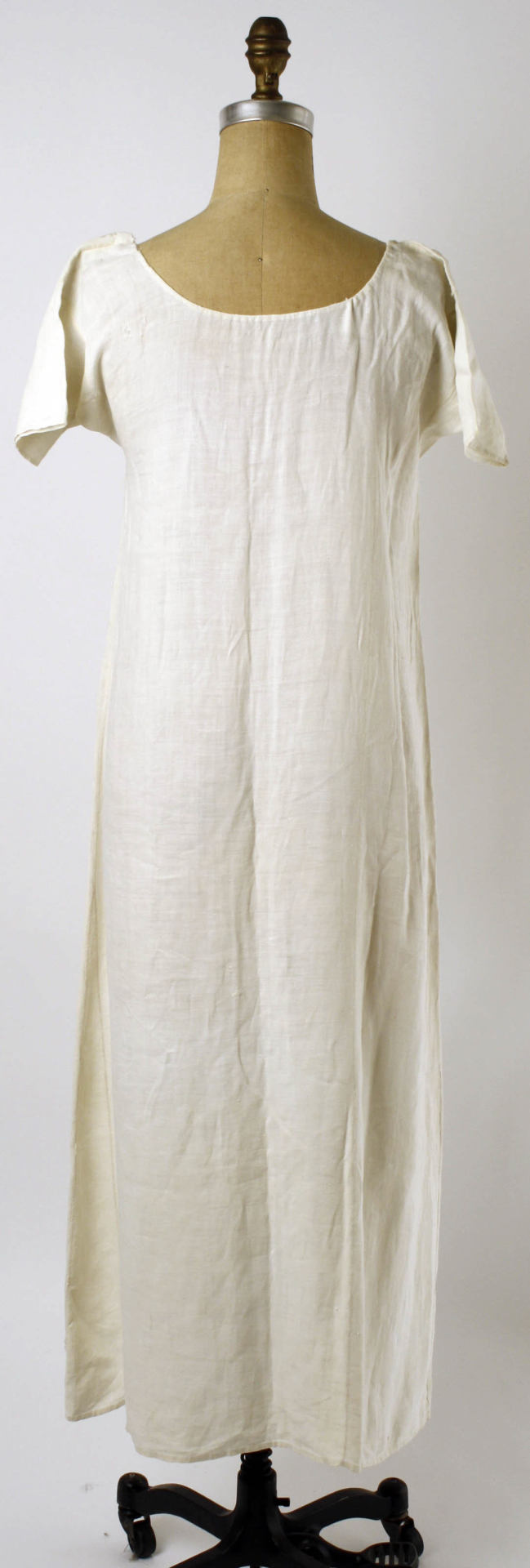
"Chemise" | Medium: linen | France, 1750-75
Accession Number: C.I.41.161.7
Sourced from the MET here.
#historical clothing#historical fashion#historical dress#object#underwear#chemise#18th century#1750s#1760s#1770s#europe#france
7 notes
·
View notes
Text

"Women 1790-1799, Plate 018"
Repository: Metropolitan Museum of Art
Sourced from here.
10 notes
·
View notes
Text

"Mme Charles-Louis Trudaine" | Jacques-Louis David | 1791-92eu
Sourced from ArtSTOR here (behind paywall—check with your local library!).
#historical clothing#historical fashion#historical dress#painting#18th century#portrait#france#1790s#europe
7 notes
·
View notes
Text

"Dress" | Silk | America, 1790s
Sourced from the MET here.
#historical fashion#historical dress#fashion history#object#1790s#18th century#america#americas#USA#north america
7 notes
·
View notes
Text
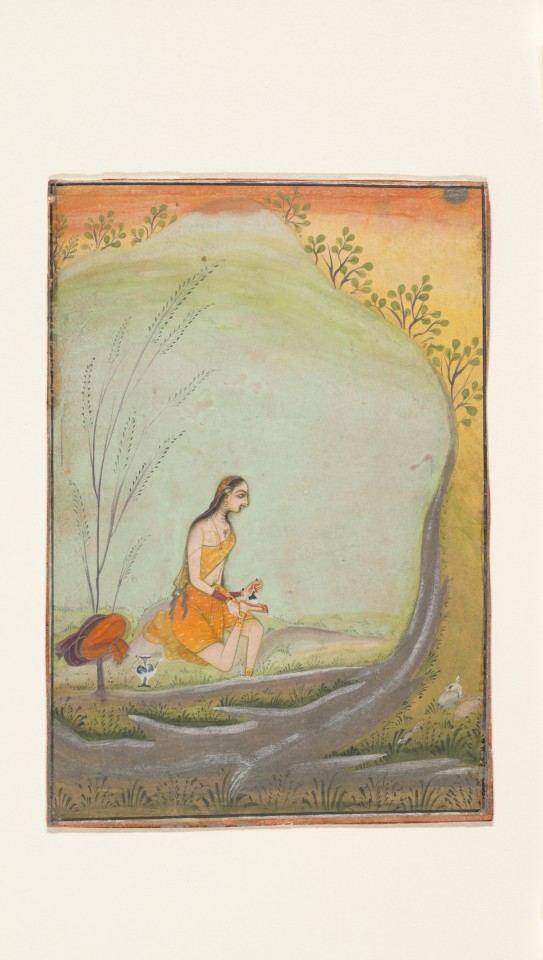
"A Lady Applying Henna to Her Foot" | Attributed to Ustad Mohamed, son of Murad
| Rajasthan India, ca 1720-30
Sourced from the MET here.
#historical fashion#historical dress#historical clothing#india#south asia#asia#ink#painting#18th century#1720s
24 notes
·
View notes
Text

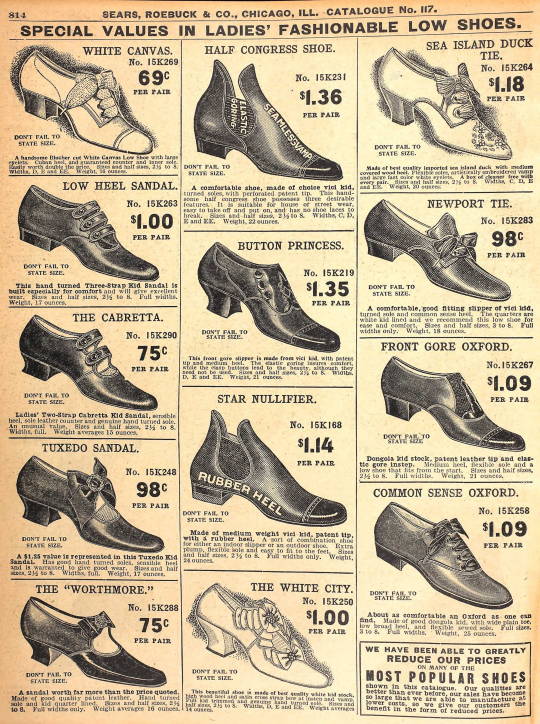
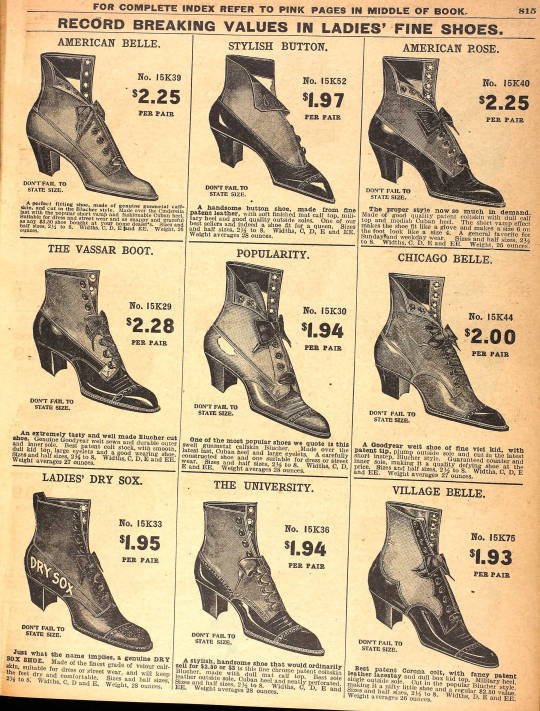
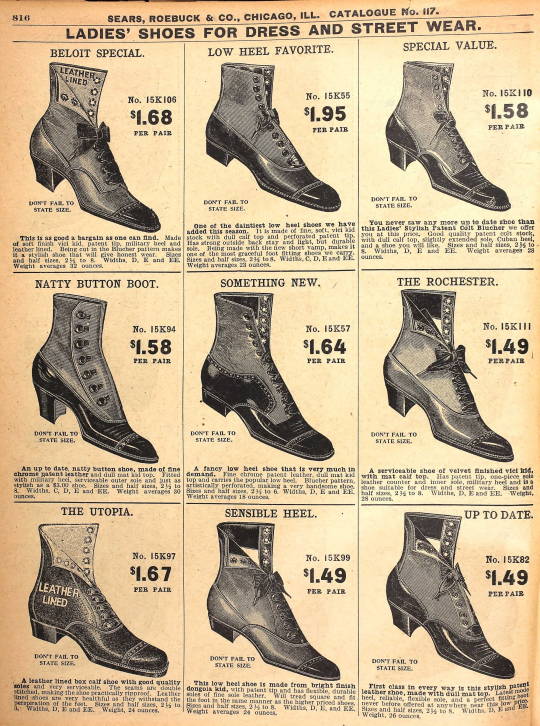
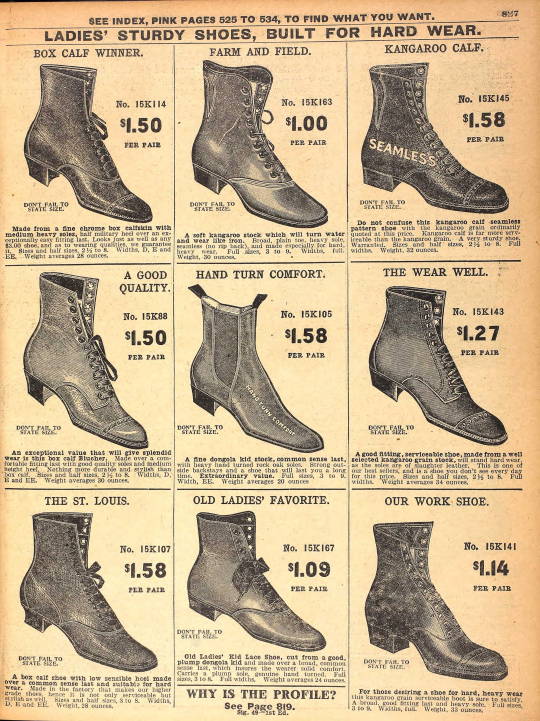
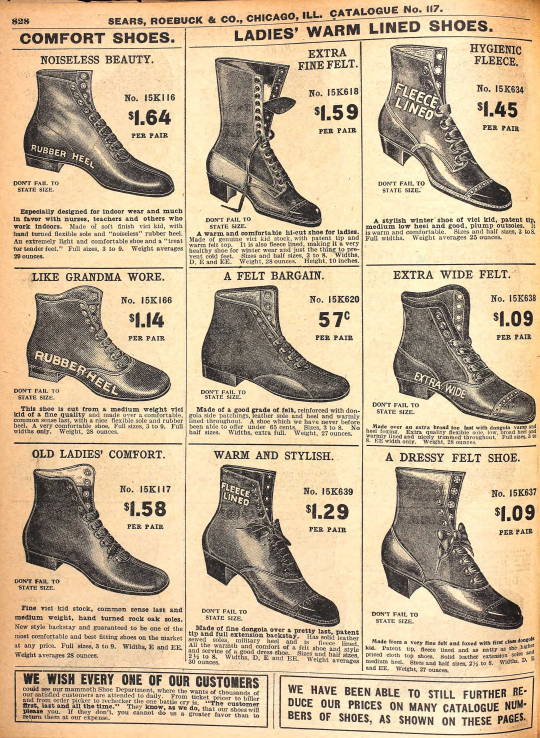
Shoes!!
Sears Catalog from 1908! Sourced behind a paywall at Ancestry dot com :(
#historical dress#historical fashion#historical clothing#footwear#catalog#1900s#20th century#usa#north america
164 notes
·
View notes
